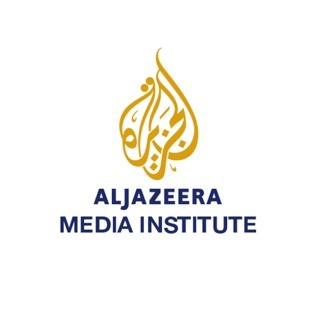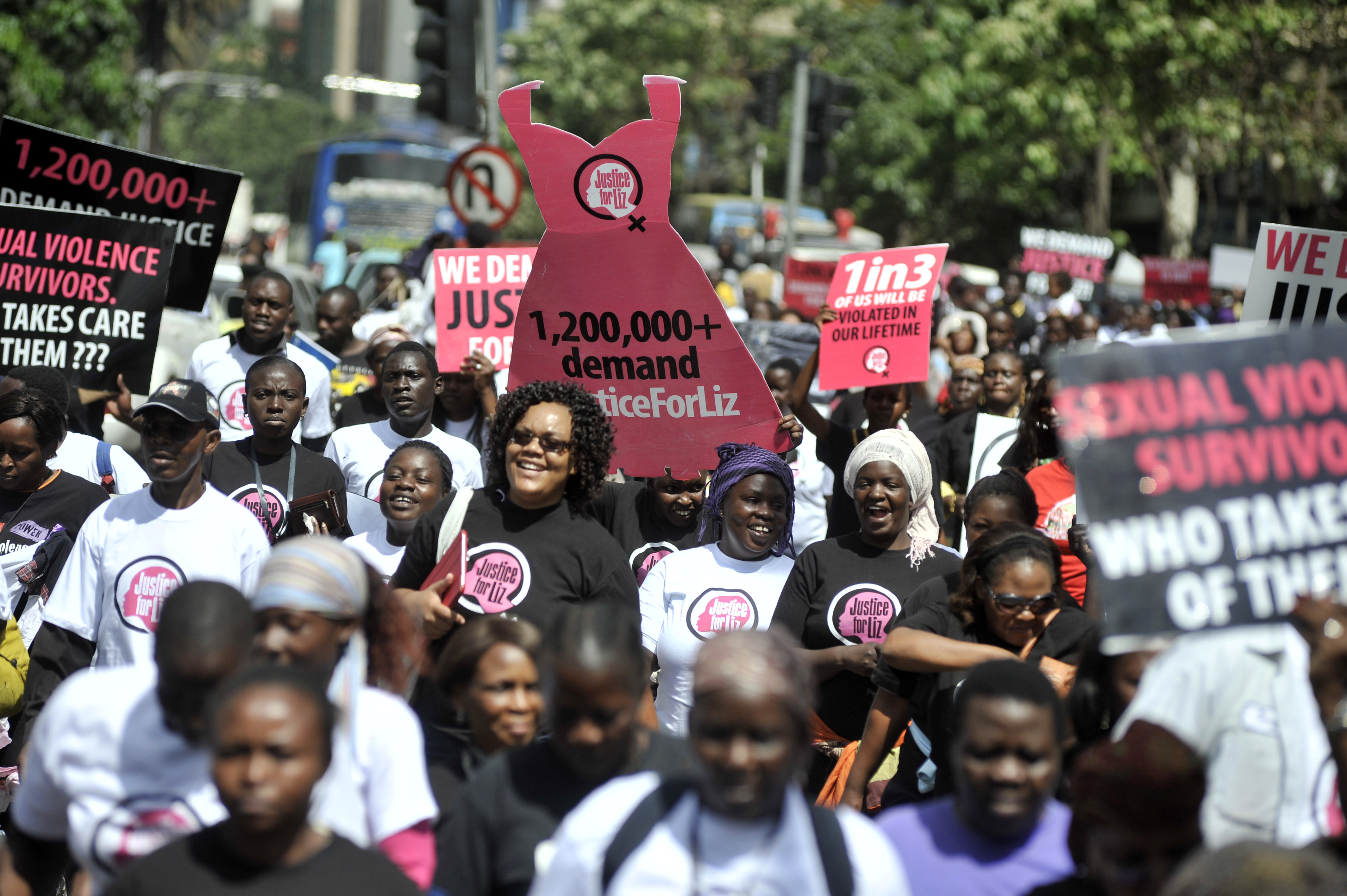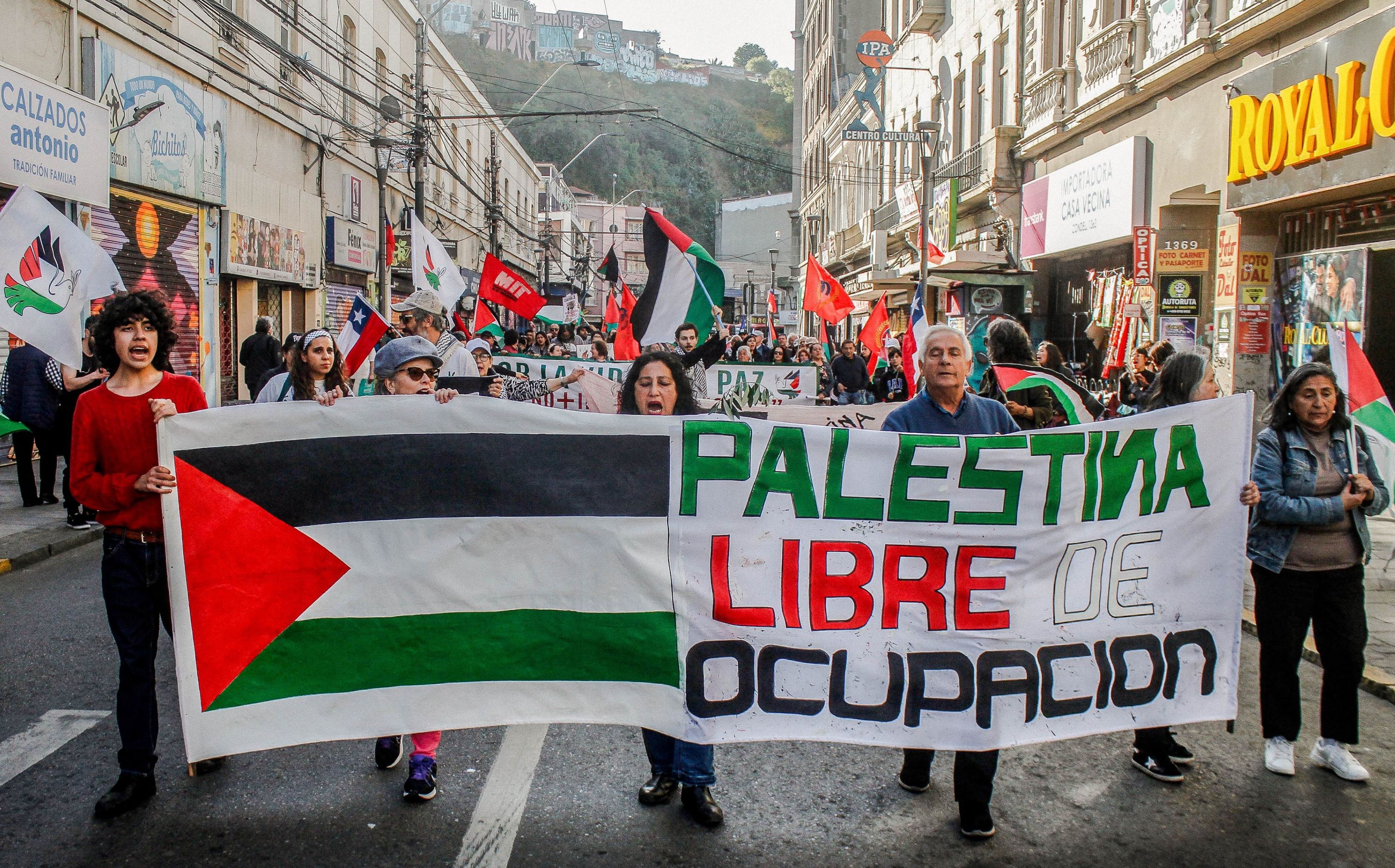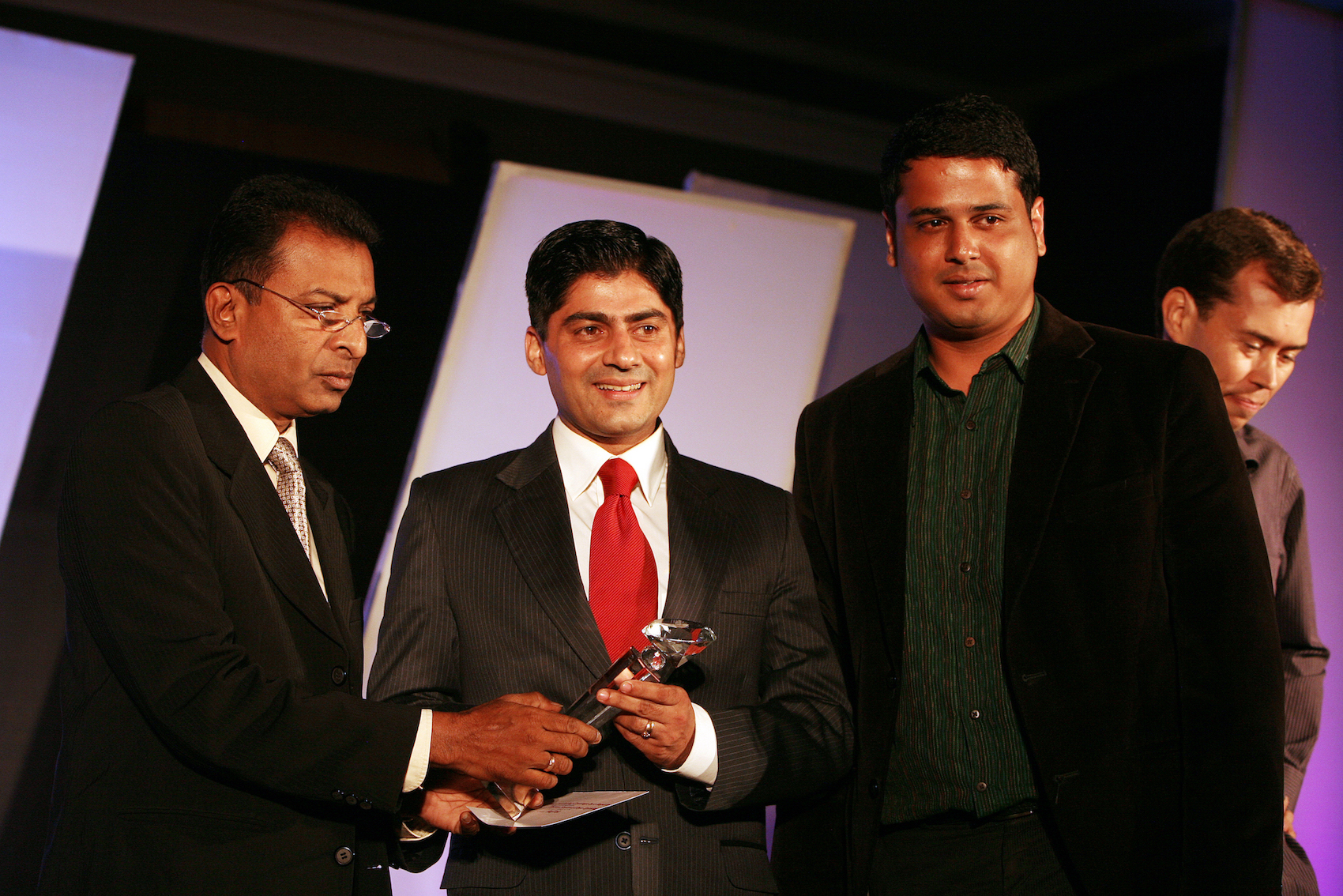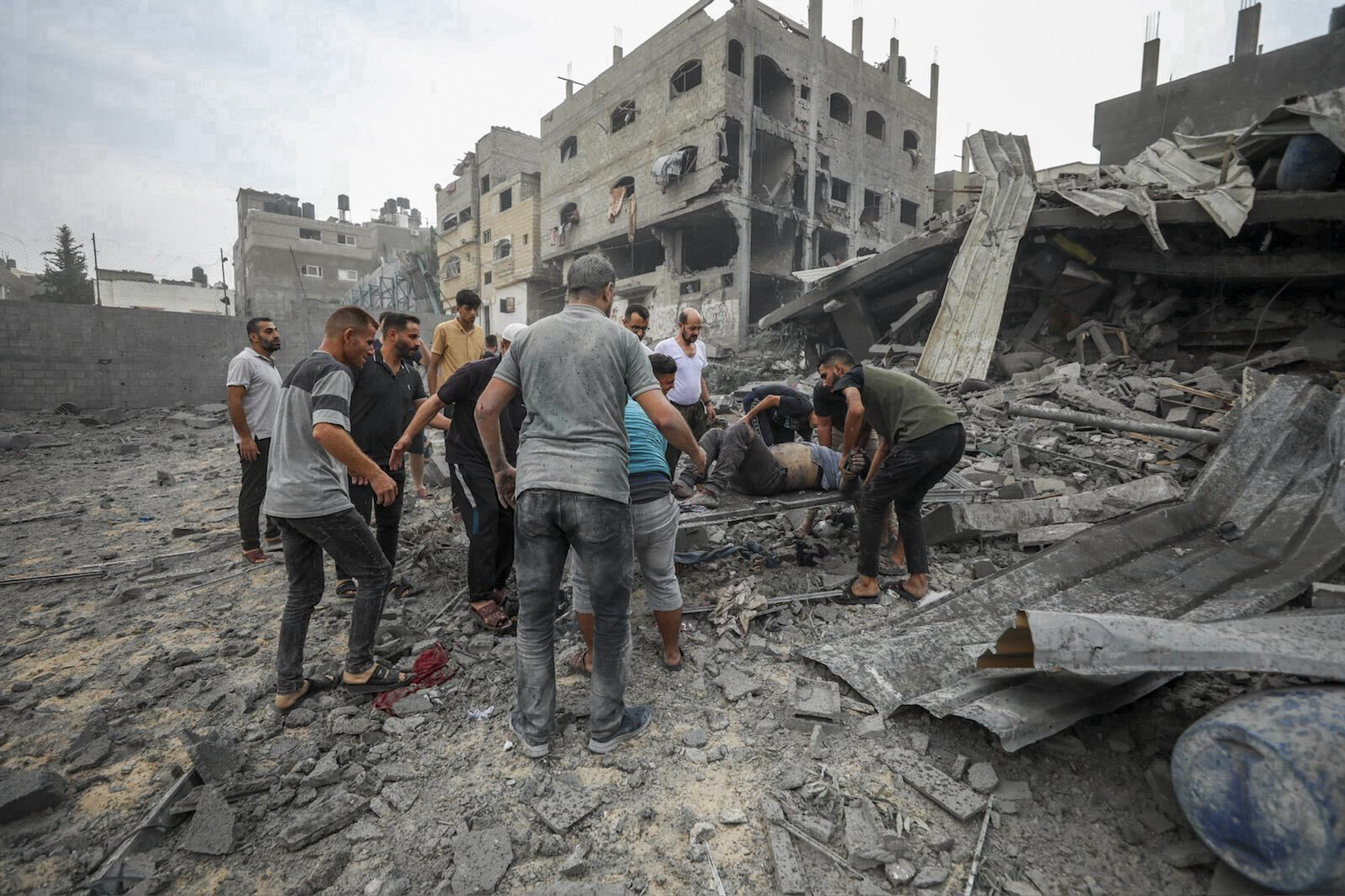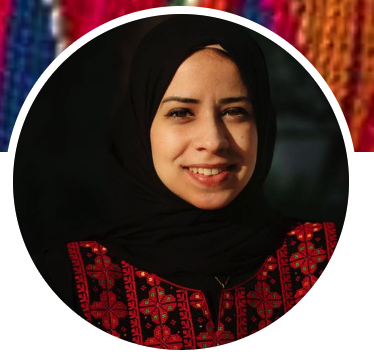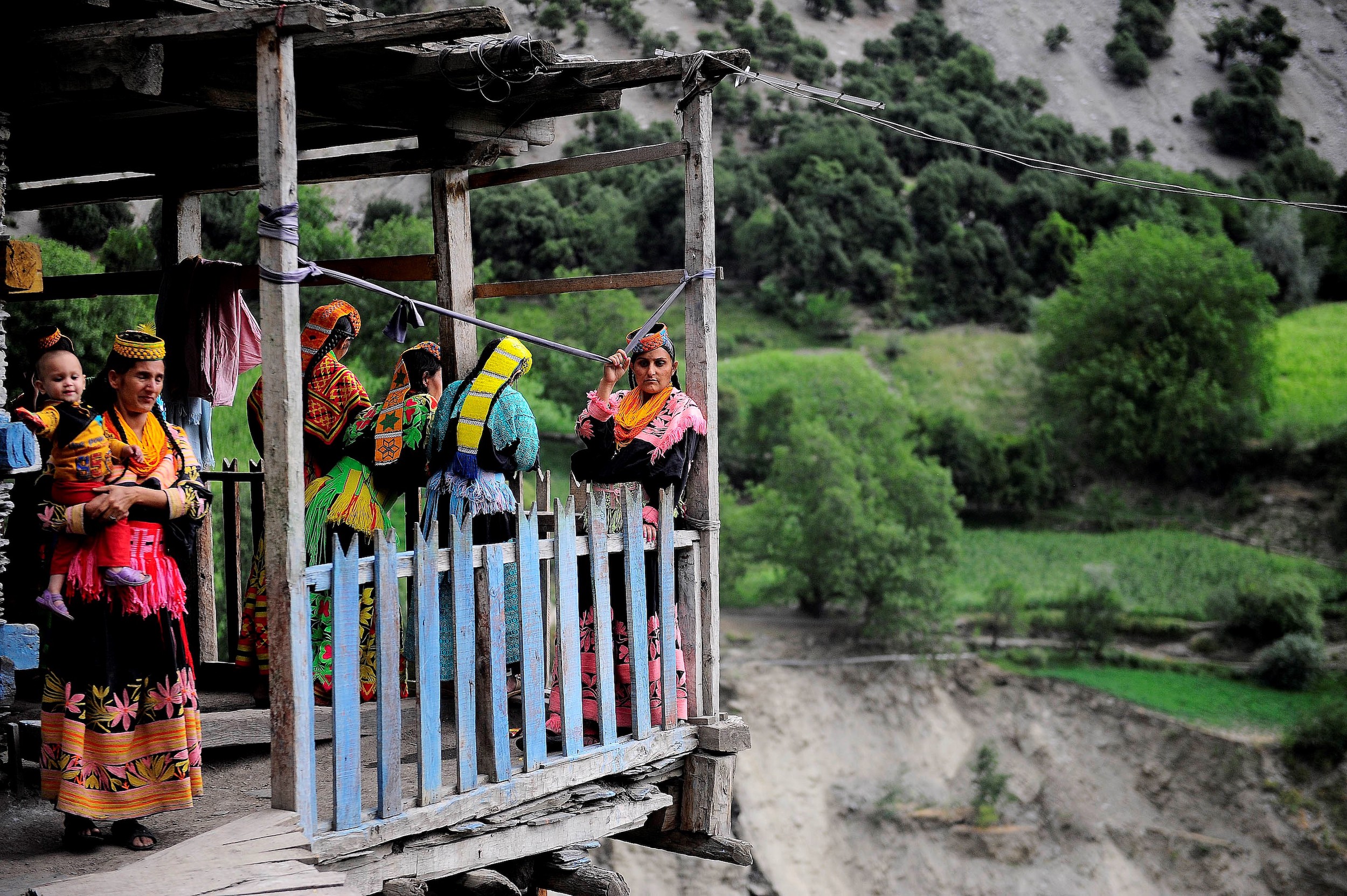برزت في الفضاء الإلكتروني المغربي في السنوات الأخيرة ظاهرة توثيق "الفواجع والكوارث" من طرف نشطاء الشبكات الاجتماعية والمدونين، باستخدام الهواتف المحمولة، لتحقيق السبق والإثارة على المنصات الرقمية، وذلك لحصد أكبر عدد من التفاعل والمشاهدات، وأضحى ما يمكن تسميته "صحافة الفواجع" يثير الجدل عقب كل كارثة طبيعية، أو حادثة مؤلمة تحصد أرواح مواطنين مغاربة، أو تخلف خسائر مادية.
وبلغ هذا الجدل ذروته خلال الصيف الماضي بعد حادثة احتراق طفلة صغيرة، وهي تحاول الهرب من لظى النيران على شباك بيت أسرتها أمام أعين كاميرات الجوالات التي وثقت الحادث المفجع بكل تفاصيله الصادمة، وحمّل البعض المصورين جزءا من المسؤولية عبر اتهامهم بالتقاعس عن محاولة التدخل لإنقاذ الطفلة والانشغال بتوثيق الحدث الصادم.
لا شك أن المواطن الصحفي أصبح فاعلا مهمًّا في الساحة الإعلامية والفضاء الإلكتروني بعد الانتشار الواسع لخدمات الإنترنت، والاستخدام الكبير للهاتف الجوال، وقوته في القدرة الدائمة على التواجد أو الوصول إلى أماكن تقع فيها أحداث مهمة خبريا، قد لا يستطيع الصحفي المحترف الوصول إليها بسرعة. ويمكن للصحفي المواطن توثيق حقائق قد لا يتركها مقص الرقابة في الإعلام التقليدي الموجه تأخذ طريقها إلى البث والوصول إلى الجمهور.
لكن ماذا لو تجاوزت سطوة صحافة المواطن كل الحدود الأخلاقية وأصبحت تكرس لتطبيع جماعي مع العنف أو الموت، الذي أصبح يُبث مباشرة على الشبكات الاجتماعية، وترعى هوسا جنونيا بتوثيق كل شيء ونشره، دون معايير محددة ولا ضوابط أخلاقية ولا مهنية؟ لماذا يفضل بعض المواطنين الصحفيين في المغرب توثيق الفواجع بهواتفهم الجوالة بدل المسارعة إلى نجدة من هم بحاجة إلى الإسعاف والإنقاذ؟
ثمة نقاش قديم في تخصص السلامة المهنية للصحفيين، يناقش حالة الصحفي المهني الذي يغطي الكوارث والحروب: هل يحق له أن يتدخل في عمليات الإنقاذ وإسعاف المصابين، أم يظل مقتصرا على مهمته الصحفية المتمثلة في نقل الحقائق، أم ينبغي أن ينتصر الجانب الإنساني على المهمة الصحفية؟ وماذا عن صحافة المواطن العصية عن التأطير، والتي لا تحكمها قواعد تحريرية؟ هل من سبيل لتجاوز كل تعقيداتها؟
"هبة" تحترق أمام الكاميرا
كانت الطفلة الصغيرة هبة ذات السنوات الست، تطل كالعادة من شباك شقة أسرتها في مدينة سيدي علال البحراوي بضواحي العاصمة الرباط بداية أغسطس/آب الماضي، حين باغتها اندلاع حريق داخل المنزل سببه انفجار شاحن هاتف رديء الجودة في الغرفة.
حاولت الطفلة الهرب من ألسنة اللهب، إلا أن الشباك الحديدي للشرفة المطلة على الشارع شكل حاجزًا منيعًا أمام نجاتها، وظلّت رجلاها معلقة بين قضبان الشباك الحديدية، وجسدها تلتهمه النيران وهي تصرخ أمام عدسات الهواتف المحمولة المارة والجيران الذين تجمهروا في الشارع.
هزت مقاطع الفيديو الصادمة لهذا الحادث الرأي العام المغربي، وأثارت جدلا ونقاشا على الشبكات الاجتماعية، واتهم معلقون مصور الفيديو بعدم مراعاة مشاعر أهل الضحية، والانشغال التام بالتوثيق دون إظهار أي تعاطف لإنقاذ الضحية أثناء التصوير، وكأنه "يتلذذ" بتصوير ضحية تتألم ولم يجب حتى شرف المحاولة.
وفي خضم هذا النقاش، برز من يدافع عن تصوير الفاجعة رغم قسوتها لأن شهود الحادث لا يملكون القدرة -بزعمهم- على إنقاذ طفلة تحترق في شرفة مرتفعة، تحتاج للوصول إليها سلالم طويلة ومعدات يُفترض أن يتدخل بها رجال الإطفاء.
تزيرت.. فاجعة على المباشر
"ابحثوا عن الحبال.. أنقذونا!".. كانت هذه استغاثة أحد الأشخاص العالقين وسط مياه فيضانات غمرت ملعبا لكرة القدم كان يحتضن مباراة بين شباب قرى جبلية في إقليم تارودانت جنوبي المغرب نهاية أغسطس/آب الماضي، من خلال صوته باللغة الأمازيغية يسمع من بعيد على خلفية أحد مقاطع الفيديو التي وثقت هذه الفاجعة التي هزت الرأي العام المغربي.
وتظهر لحظة انهيار جدران منصة الملعب التي كان يحتمي بسقفها أكثر من 16 شخصا -ضمنهم مسنون- كانوا يتابعون المباراة، تجرفهم المياه جميعا أمام كاميرات هواتف جزء من جمهور حوّل النهر الجارف فرجته الكروية إلى مشهد مأساوي.
انتشرت عدة مقاطع فيديو من زوايا مختلفة توثق الحادث الأليم لأن الكثير من الحاضرين أخرجوا هواتفهم المحمولة لتصوير مشهد الفيضان وهو يجتاح الملعب، منها مقاطع فيديو صورها الضحايا أنفسهم، حتى إن بعض المقاطع تظهر مجازفة بعض الشباب لتصوير الفيضان وهو يضرب بقوة جدران الملعب دون مبالاة بالخطر القادم، وفي انشغال تام بتوثيق هذه اللحظات التي كانت كافية من زاوية تقدير المخاطر لإخلاء الملعب بالكامل من الناس، وبالتالي إنقاذ أرواح كان يمكن ألا تُزهق بسبب استهتار وسوء تقدير للمخاطر، وهوس جماعي بالتصوير.
التوثيق أو الإنقاذ؟
في خضم هذا الواقع المغربي والتقصير المتكرر الذي يسبب فواجع متكررة وصادمة للرأي العام، ما الذي يمكن أن يفعله المواطن الصحفي نفسه الذي يوثق الأحداث وينشرها للعموم؟ وماذا يلزمه من تقدير للمخاطر لحماية نفسه أولا، والتدخل لتقديم المساعدة لغيره ما استطاع إلى ذلك سبيلا؟
في هذا السياق، ترى عبير سعدي مدربة السلامة المهنية ونائبة رئيس الاتحاد الدولي للصحفيات، استنادا إلى خبرتها الطويلة في التدريب على السلامة المهنية في شتى مناطق النزاعات، أن "جزئية السلامة المهنية تنسحب على الجميع حمايةً للأرواح أثناء التغطية الصحفية، طالما أن الشخص يمارس العمل الإعلامي، يجب أن يراعي اعتبارات السلامة، حتى لا يتحول الصحفي -مهنيا كان أو مدونا- هو نفسه إلى خبر".
ويكون الصحفي المهني والمواطن -على حد سواء- أمام ثلاث حالات، تتطلب منه اتخاذ قرار مناسب إزاء حوادث تلزمه أن يمتلك تصورا واضحا لطبيعة التصرف، إما الإنقاذ أو التوثيق، أو هما معًا.
تستدعي الحالة الأولى -بحسب عبير- البحث عن جواب عن التساؤل التالي: إذا حاولتَ إنقاذ شخص ما في حالة خطر، هل سيؤدي ذلك إلى أن تفقد حياتك أنت أيضا؟ ولعل الجواب الذي يمكن أن نقدمه في هذا الباب، هو أنه إذا كان الإنقاذ سيؤدي بك إلى الموت، يكفيك توثيق الحدث فقط، وطلب النجدة لإنقاذ الضحايا.
في الحالة الثانية، ترى عبير أن الصحفي يلزمه أن يسأل هل هناك أشخاص آخرون في المكان يقومون بالإنقاذ، أو هناك فرق خاصة بالإنقاذ والنجدة متاحة في المكان؟ إذا كانت متاحة فيلزم الصحفي أو المدون التفرغ لشغله الأصلي، وهو التوثيق ونقل الوقائع.
أما الحالة الثالثة -تضيف عبير- فهي تستلزم أن يكون للصحفي تقدير سريع لاتخاذ قرار مناسب حول قدرته على التدخل للإنقاذ، بمعنى هل يمتلك القدرة على توثيق الحدث بسرعة ثم يسارع إلى الإنقاذ؟ فإن لم يتوفر له الوقت الكافي لفعل ذلك، فليبادر إلى إنقاذ الناس مباشرة لأن الأرواح البشرية أولى من أي شيء.
وترى عبير سعدي التي دربت صحفيين وصحفيات في مناطق كثيرة تشهد نزاعات وكوارث كالفلبين وإندونيسيا والنيبال وغيرها، أن الصحفي الذي لديه لبس في ترتيب أولويات اتخاذ القرار الصائب وفقا للحالات الثلاث المذكورة، سيكون أمامه إما أن يترك مهمته الأساسية وهي التوثيق كليا وينخرط في جهود الإنقاذ، وأحيانا دون حتى الإلمام بأبسط أساسيات النجدة والإسعاف، ونفقد بذلك توثيق حدث قد تكون له أهمية كبيرة. أو يحدث العكس ويقوم الجميع بالتوثيق دون أن يتدخل أحد للإنقاذ، ونفقد أناسا كان بالإمكان نجدتهم.
تأثير المتفرج
يعتبر تدخل المواطن في حالات بعينها للإنقاذ أو إخلاء الناس من مكان الخطر، أو حتى إنذارهم ودعوتهم إلى الابتعاد بسرعة عن موقع الخطر المفترض، قرارا حاسما يفصل بين الحياة والموت. وتتفاقم الكارثة في الحالات التي يسود فيها شيء من الفوضى والهوس الجماعي بالتصوير واللامبالاة والاستهتار بالخطر الداهم، كما حصل في حادثة ملعب تزيرت المذكور سلفا.
ويرى الصحفي والمدرب الإعلامي أنس بنضريف أن ظاهرة توثيق الفواجع في المغرب دون محاولة التدخل لإنقاذ الضحايا، تنطبق في جزء كبير منها على ظاهرة "تأثير المتفرج" (The bystander effect) التي تفسر كيف يفضل الناس استخدام التوثيق بهواتفهم الجوالة، بدلا من التدخل أو فعل شيء ما لإنقاذ ضحايا هذه الفواجع. ويرجع بنضريف ذلك إلى عامليْن أساسيين: الأول انعدام الشعور الفردي بالمسؤولية وإلقاؤها على الآخرين، والكل ينتظر ويتوهّم أن شخصاً آخر غيره، قادر على التدخل بدلا منه.
العامل الثاني هو التأثير الجماعي، بمعنى أن تقاعس المجموعة عن الإنقاذ يتخذه الفرد مبرراً لعدم وجود سبب كاف للتدخل، وهذا شعور نفسي إنساني لا علاقة له بكون الصحفي مهنيا أو مواطنا صحفيا.
في الحالة المغربية، يقترح بنضريف ضرورة إدخال برامج محاربة الأمية الإعلامية والرقمية ضمن مناهج التربية والتعليم، لأن ما أسماها "الردة الأخلاقية" في المجتمع المغربي، التي يعكسها التعاطي السلبي مع مشاهد العنف والموت على المستوى الإعلامي في المنصات الرقمية والمواقع الإلكترونية المغربية، أصبحت مخيفة، وأدت إلى تراجع كبير في احترام الحد الأدنى من أخلاقيات المهنة، مقابل انتشار كبير لصحافة الإثارة و"التمييع"، في ظل غياب التدريب الرصين للصحفيين المهنيين.
* الصورة: رافاييل مارشونت - رويترز

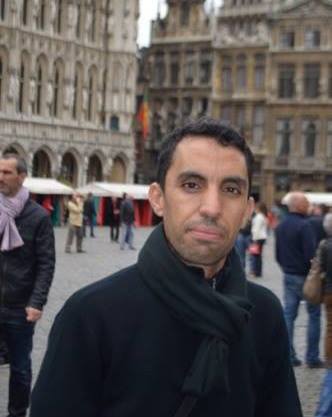
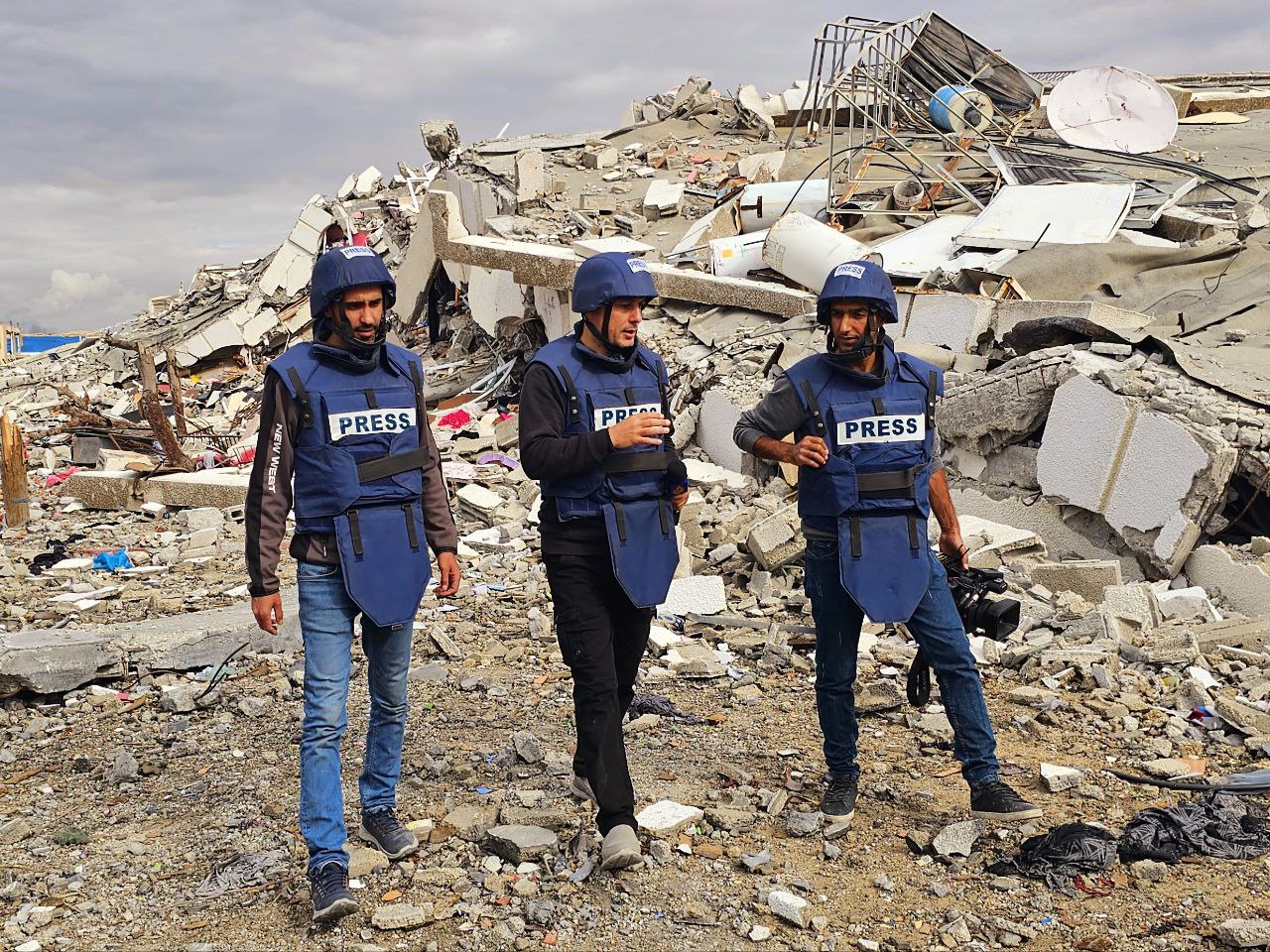
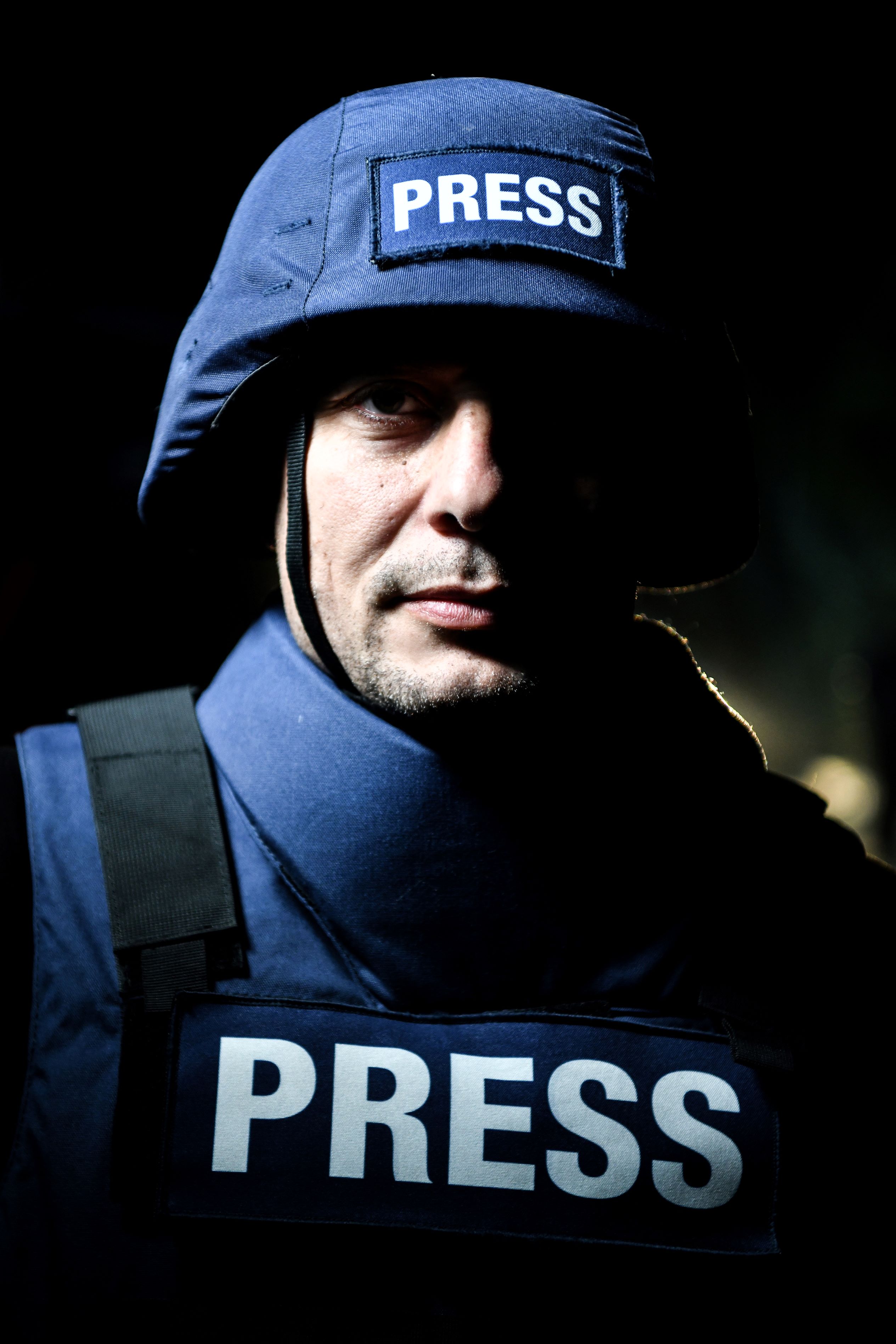
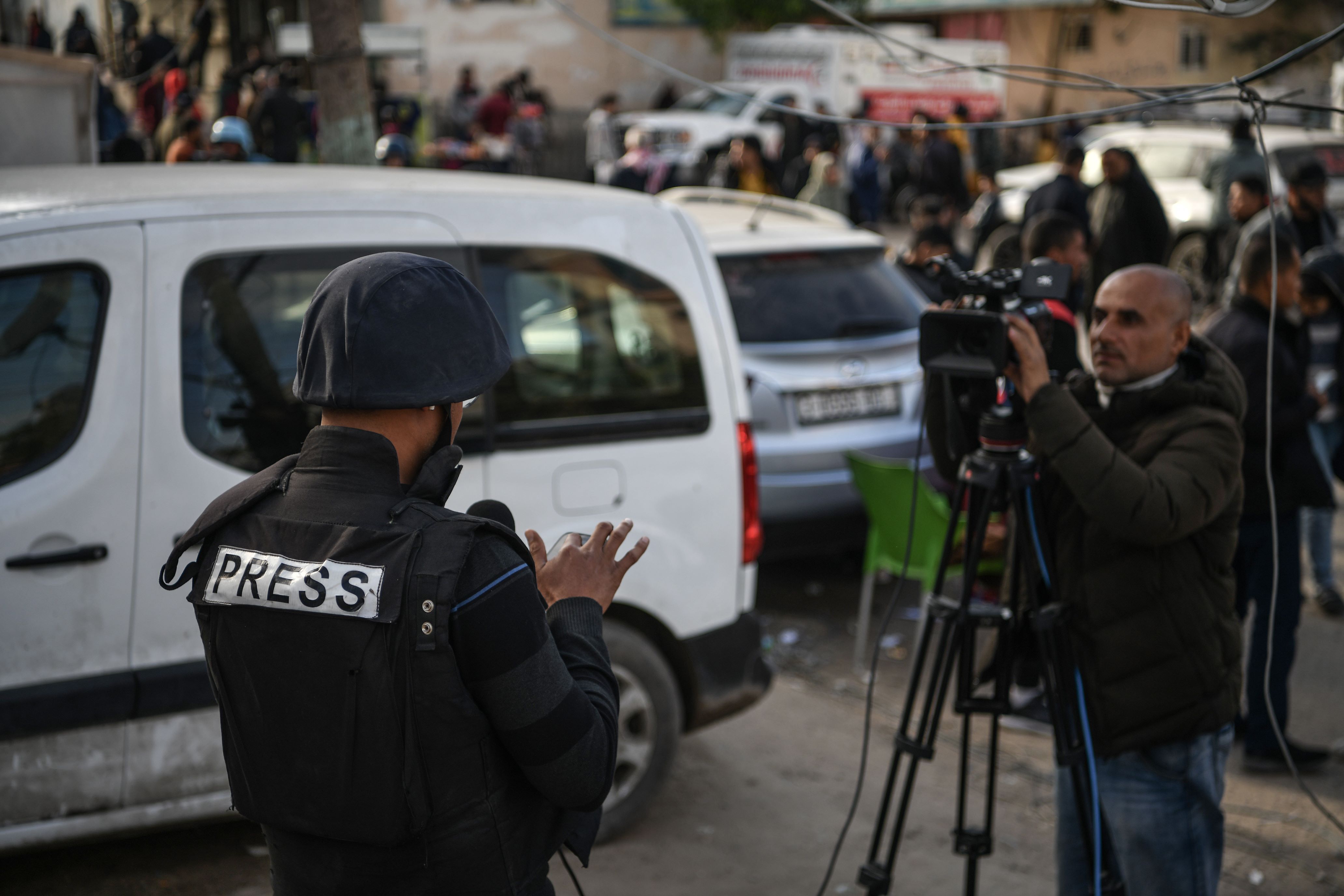
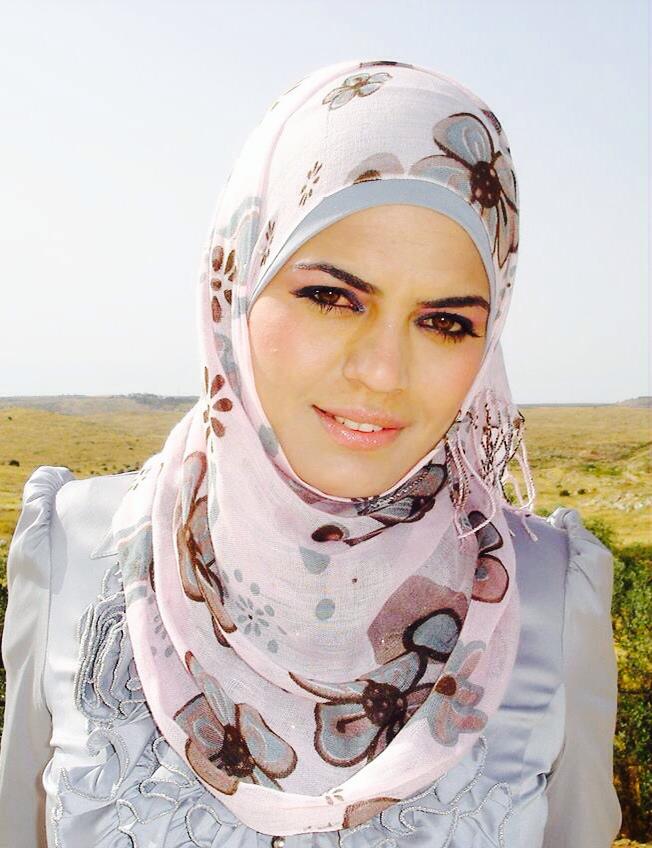
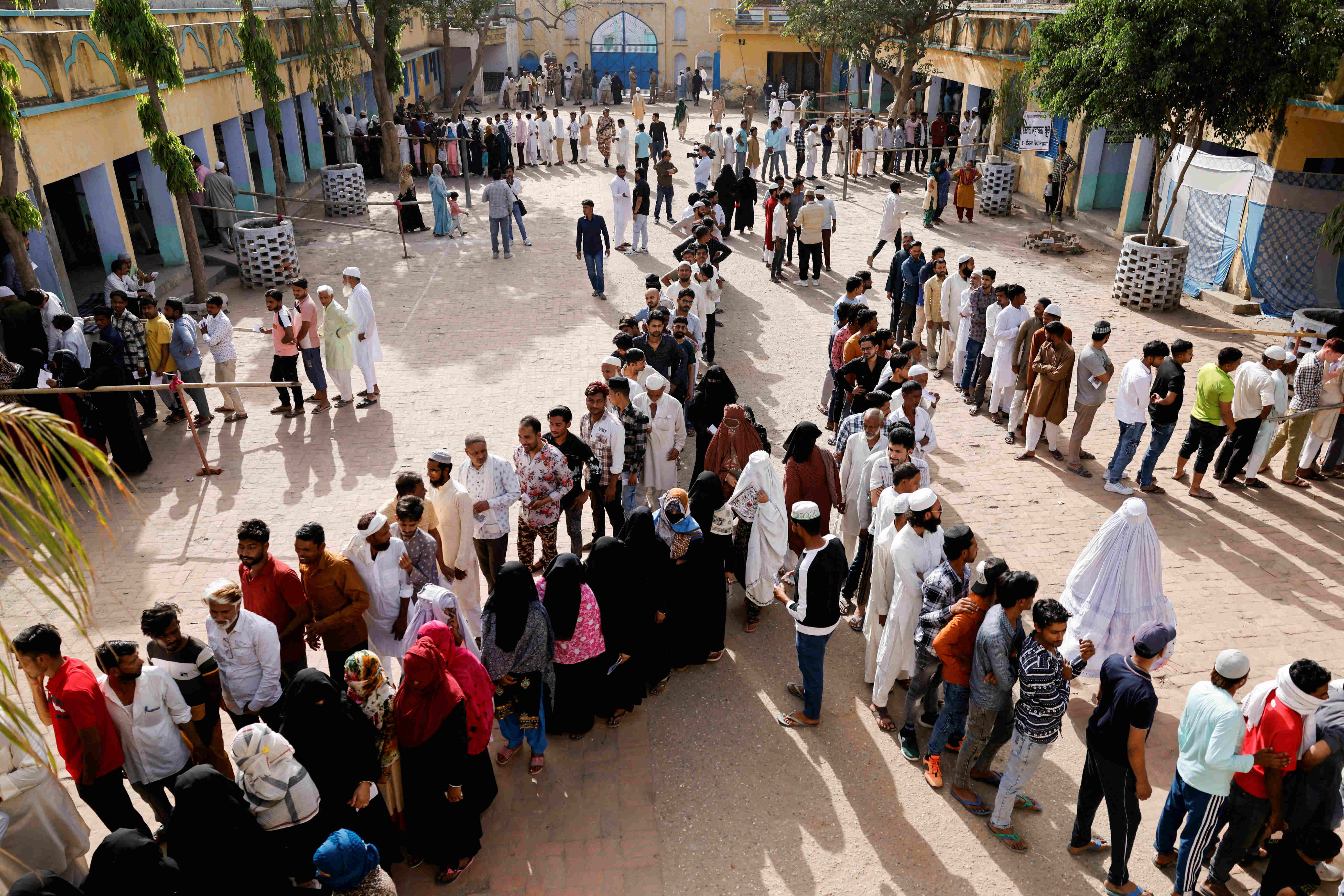

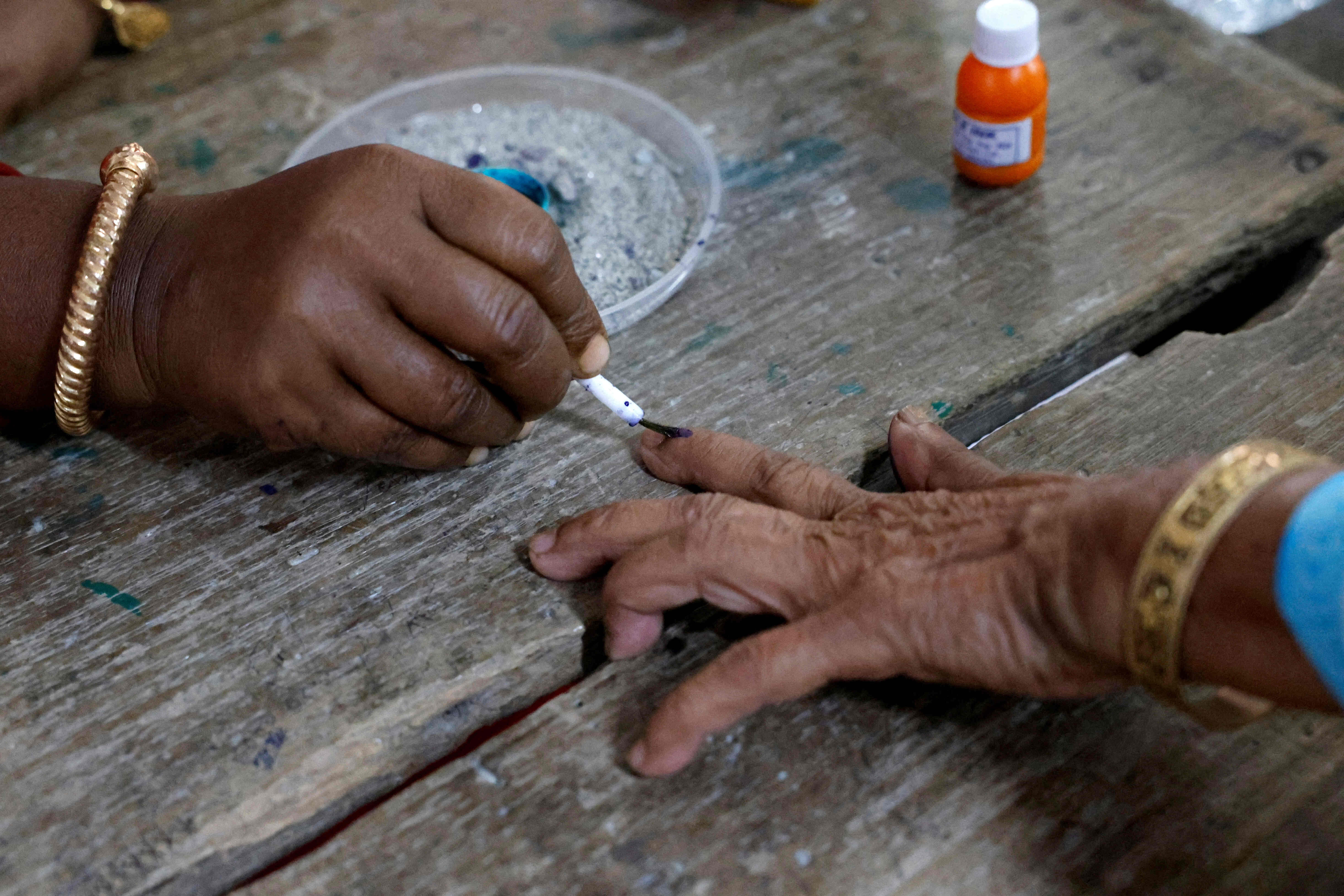

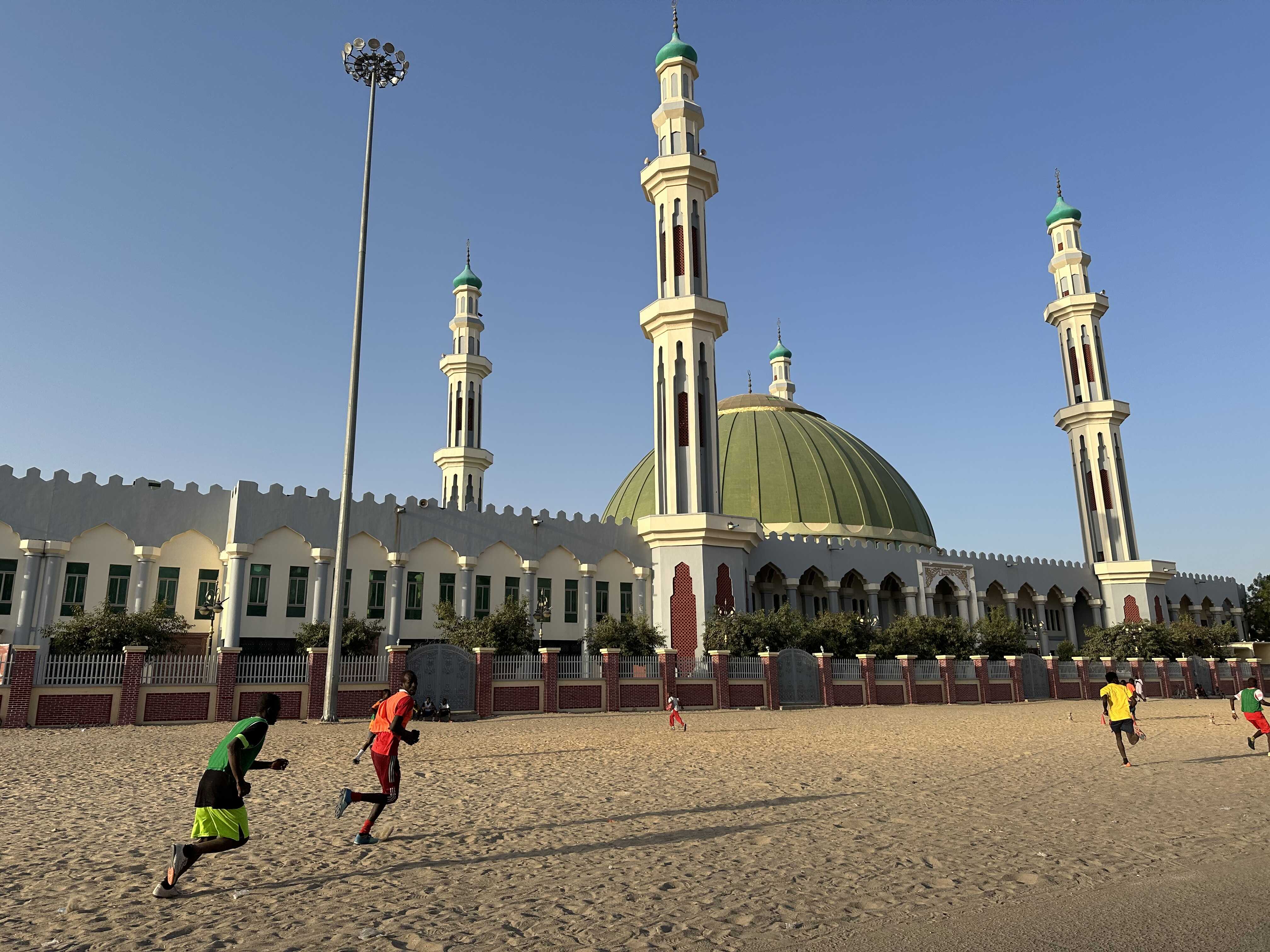

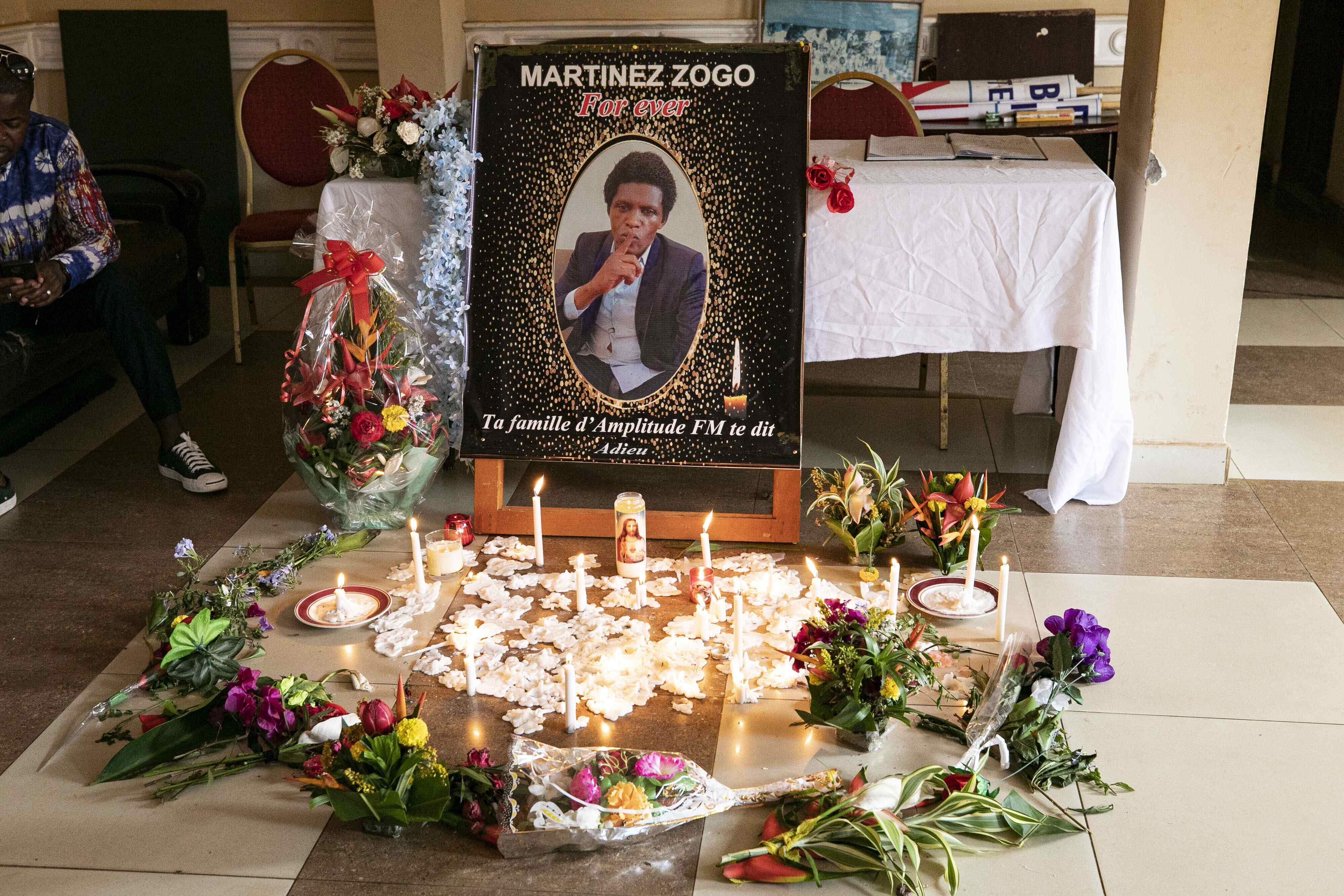

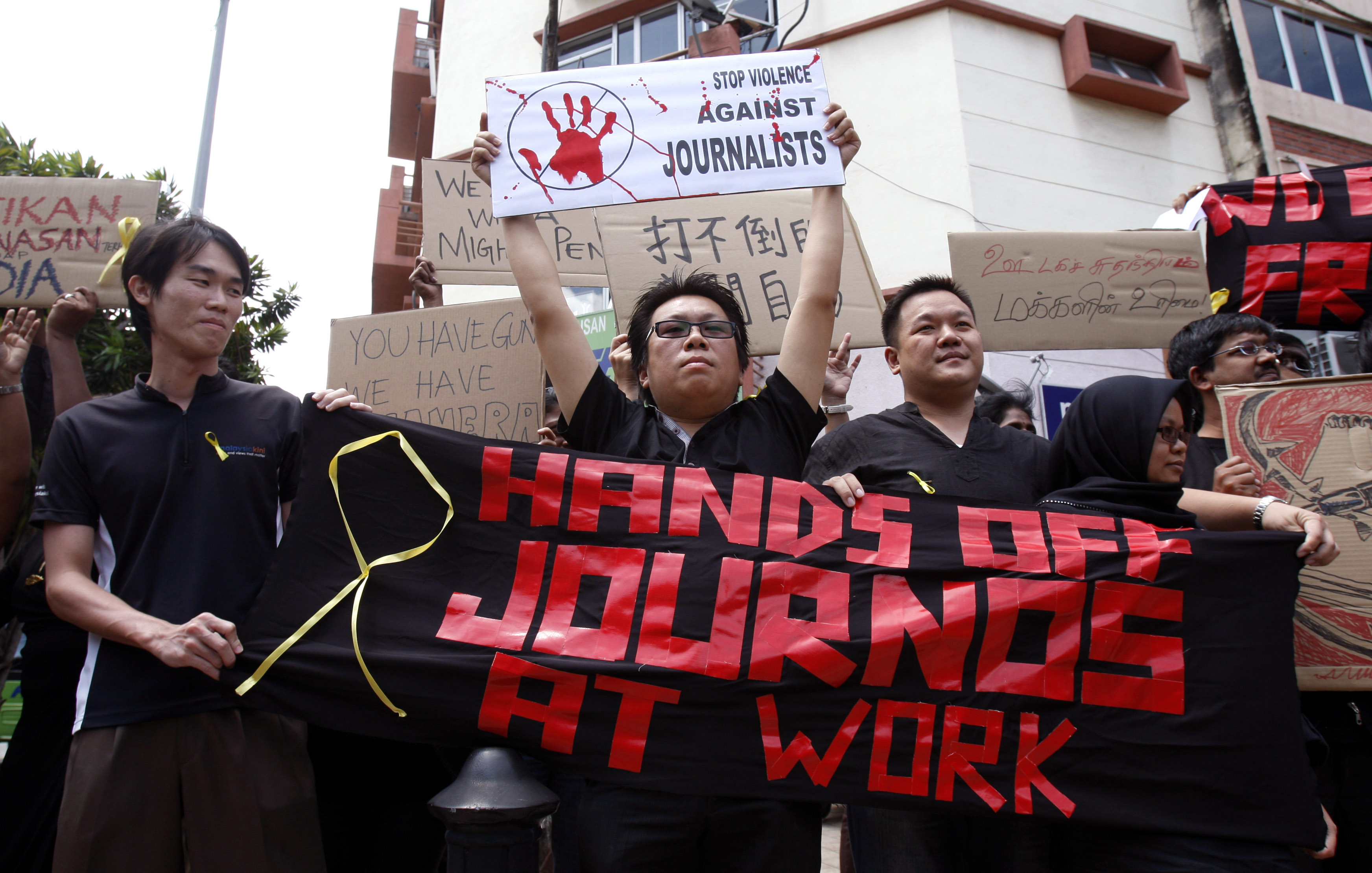

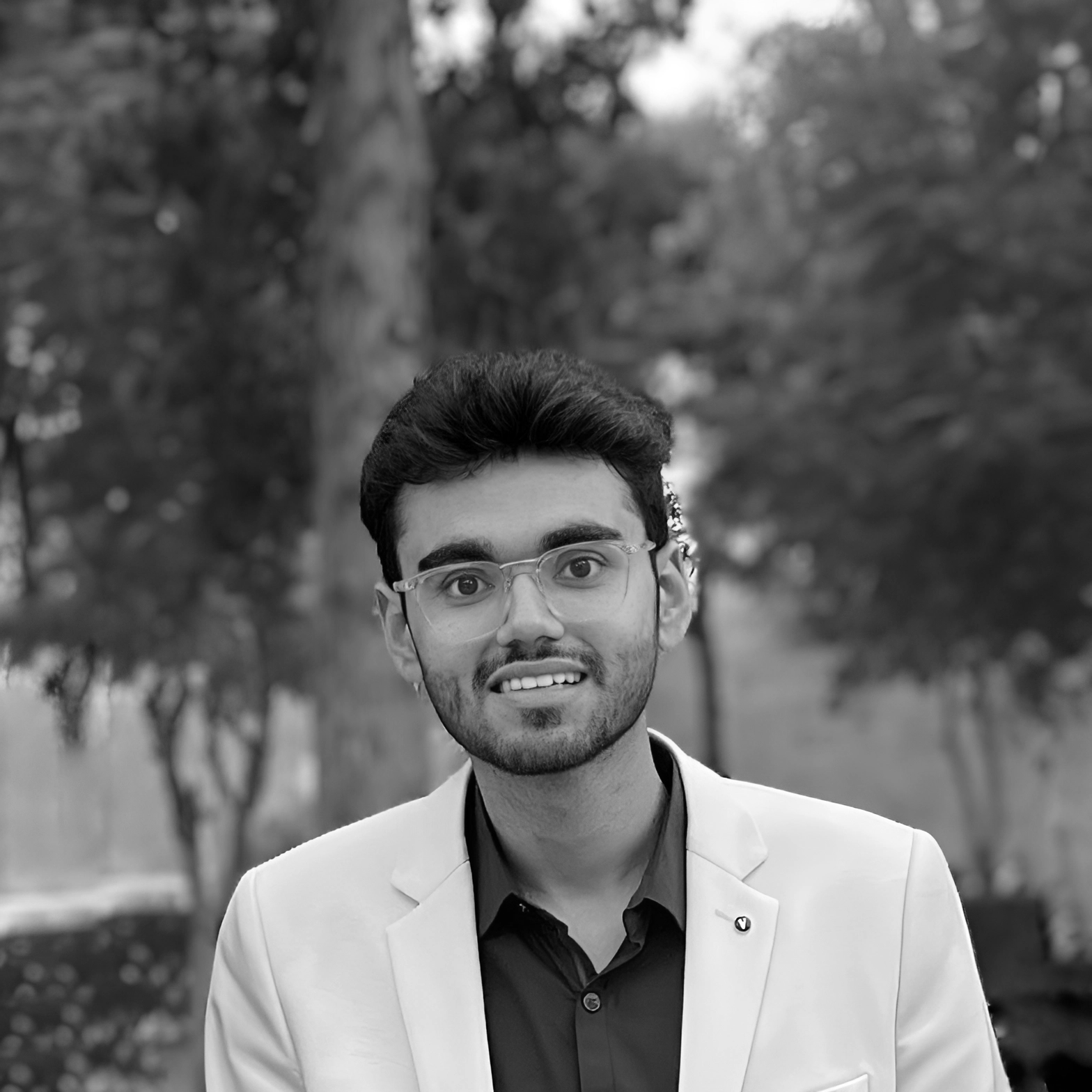
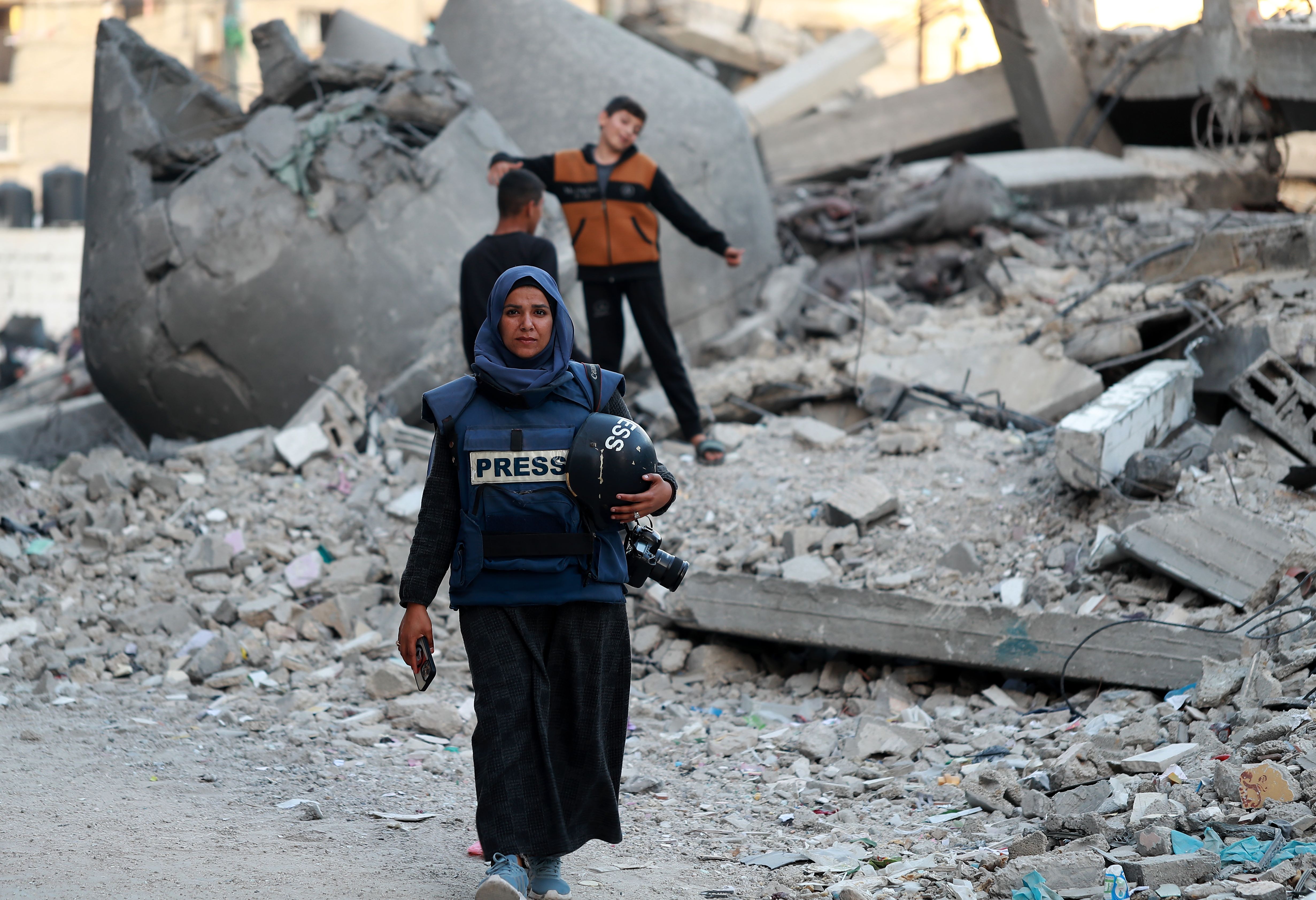



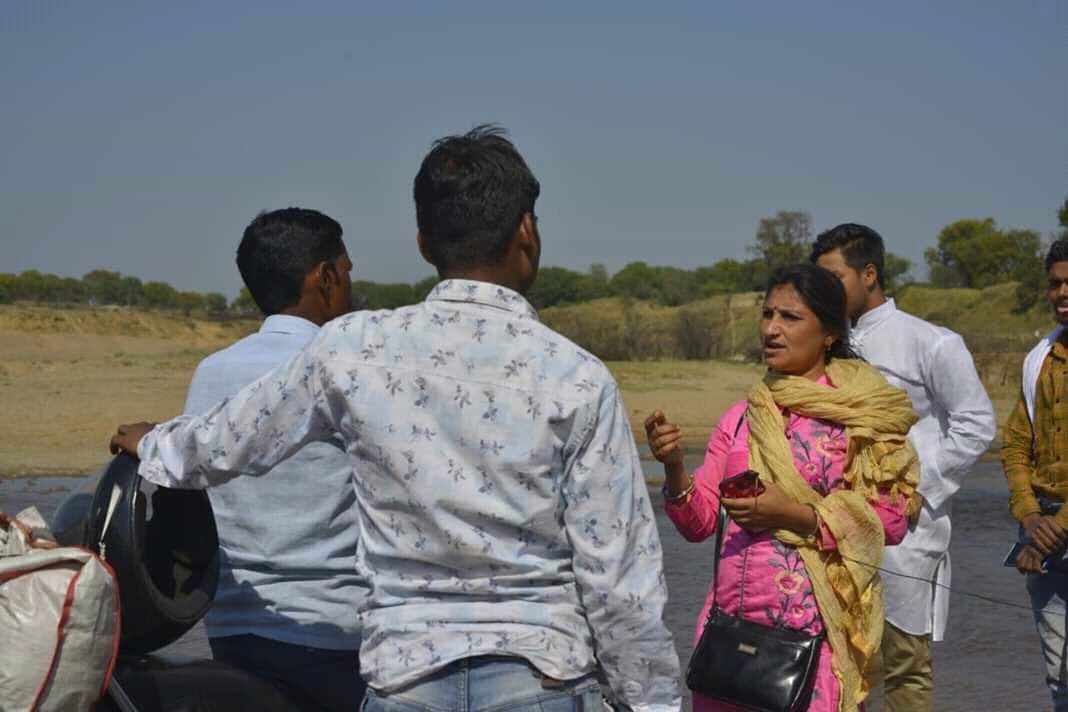


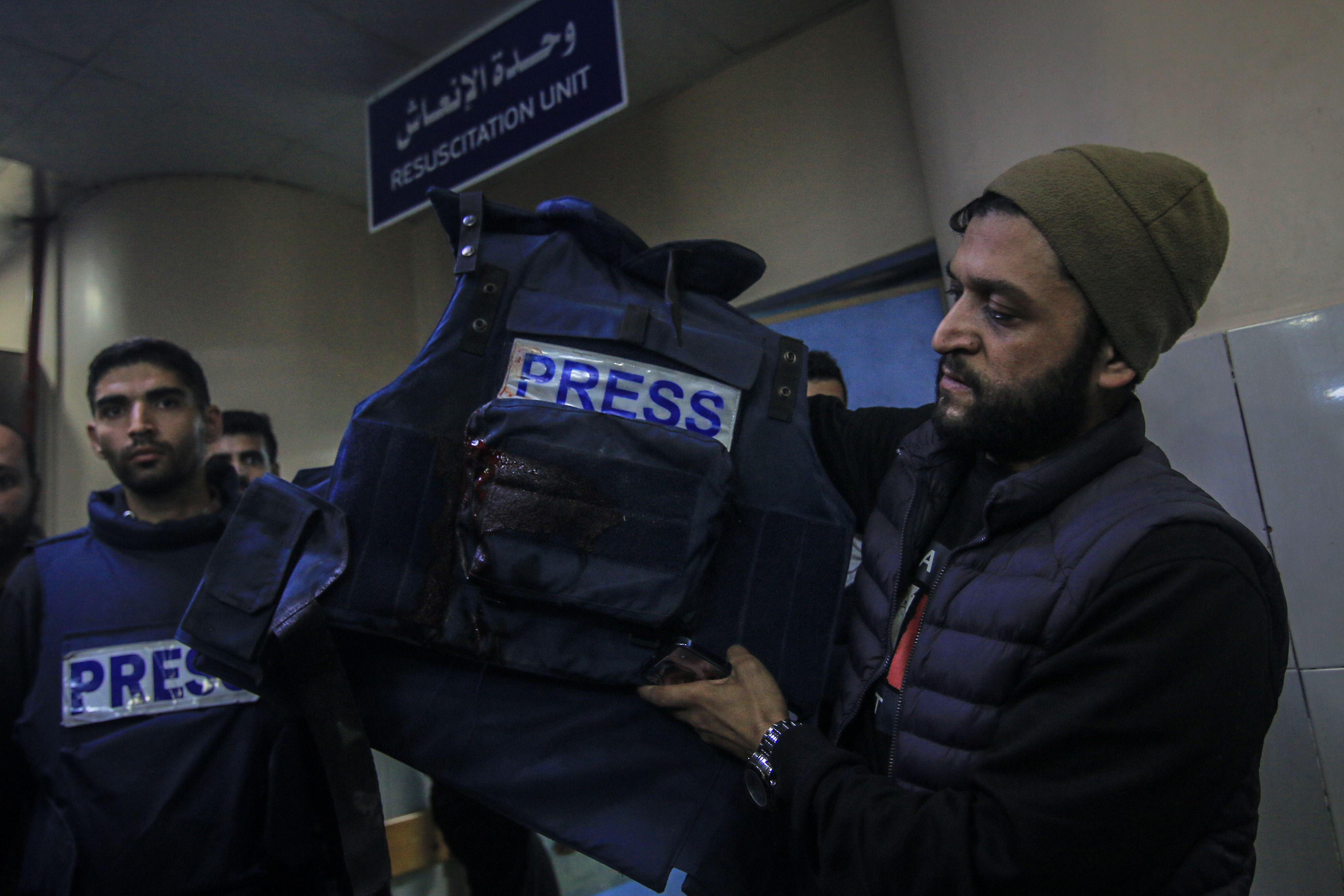
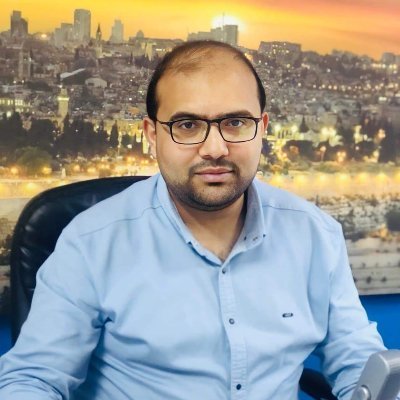

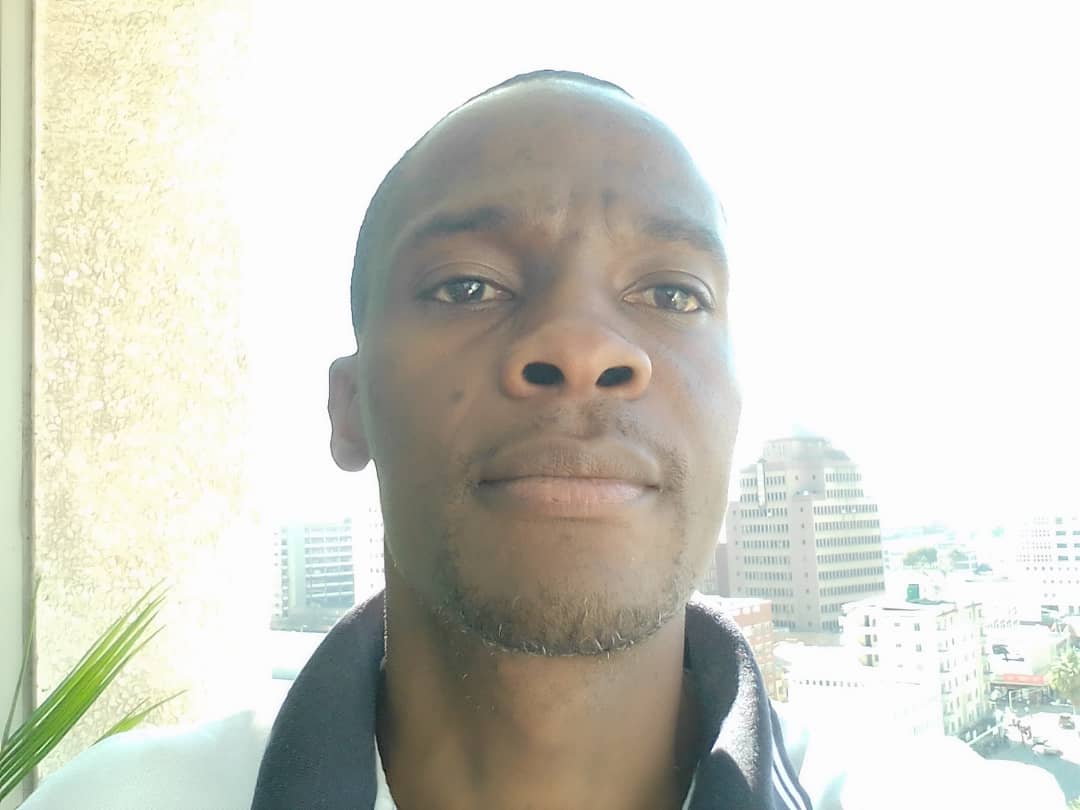
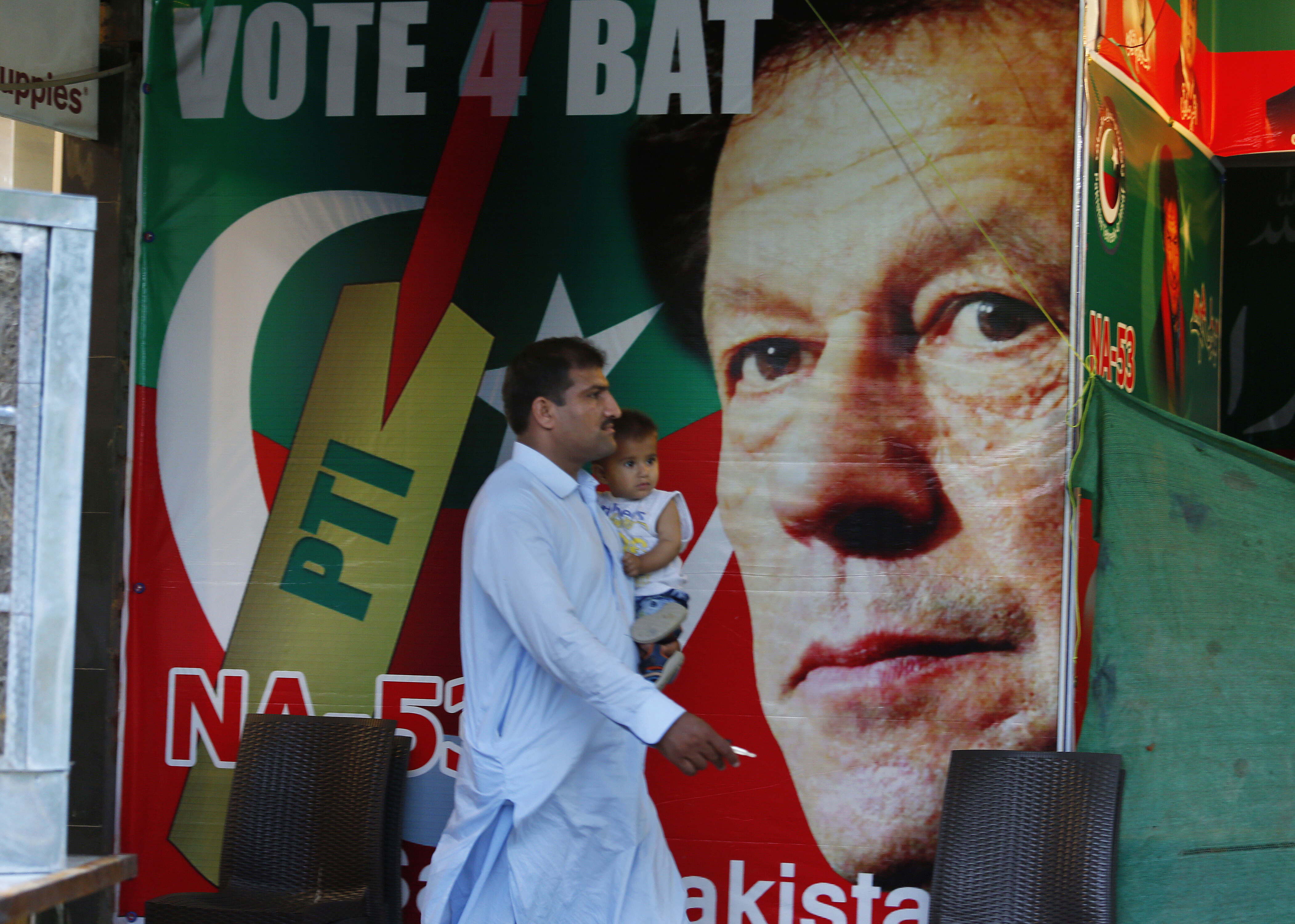

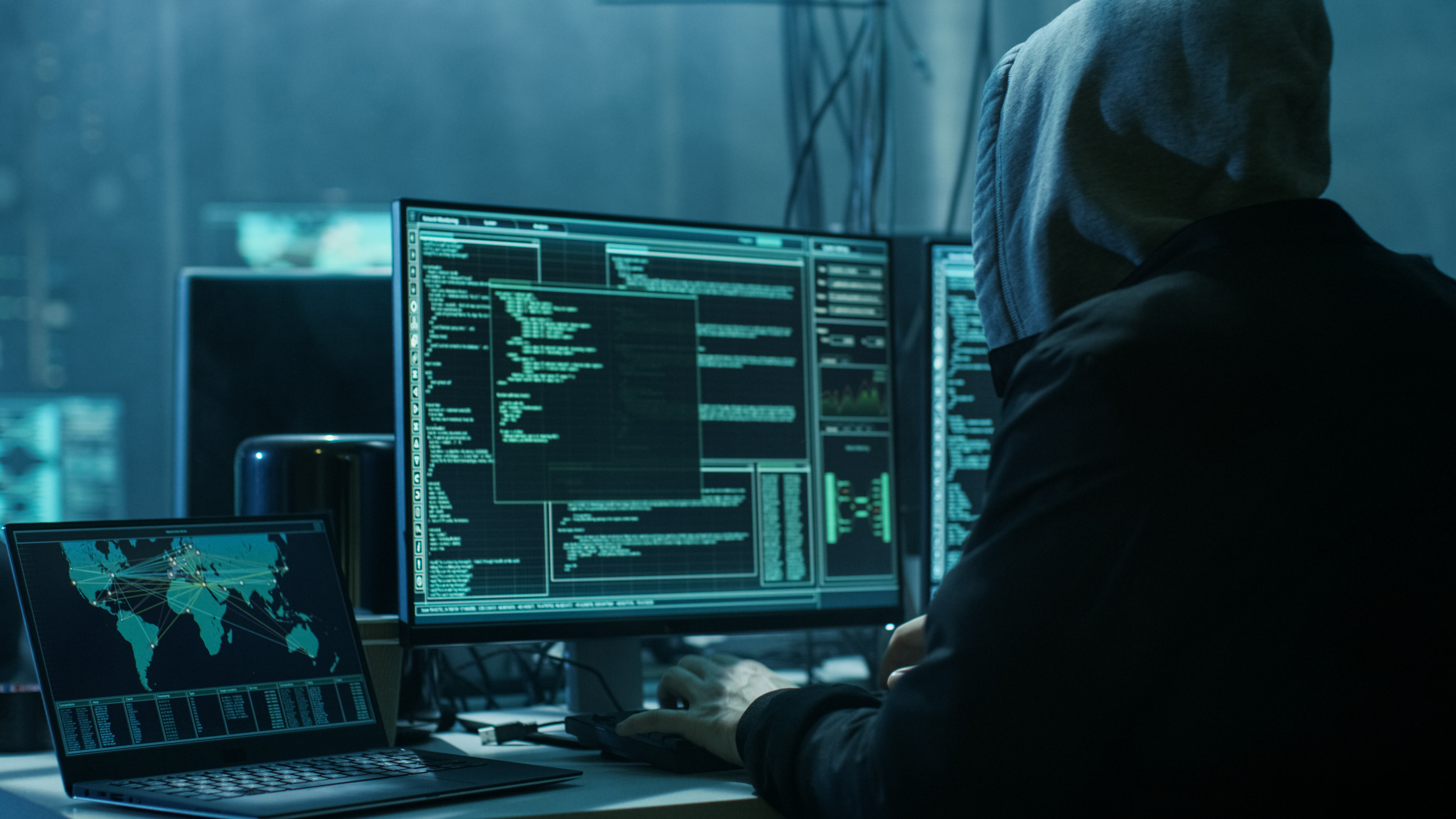
![A demonstration against Israel's war on Gaza on Paulista Avenue in São Paulo on November 4, 2023, draws attention to the deaths of children while the media focuses on the war against terrorists. [Photo: Lina Bakr]](/sites/default/files/ajr/2024/Picture1.png)
